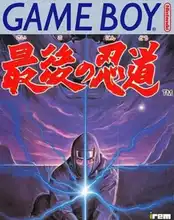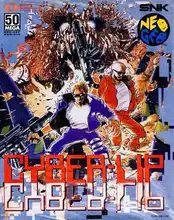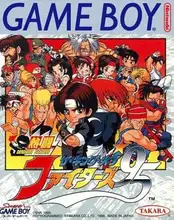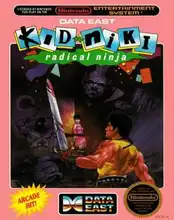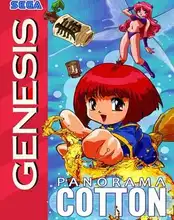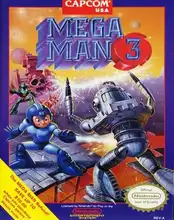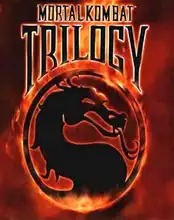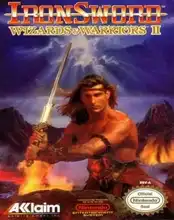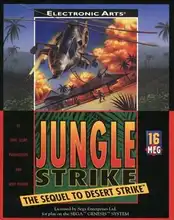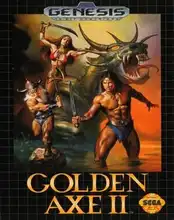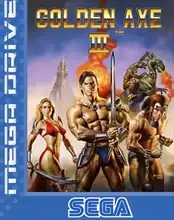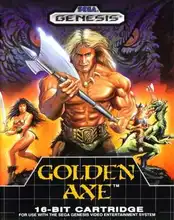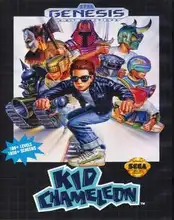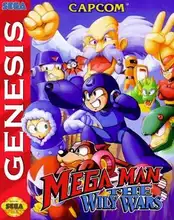The pixelated screen flickers to life, the familiar chiptune soundtrack kicks in, and suddenly, you're dodging bullets, punching baddies, or leaping across impossible gaps. That's the immediate, visceral thrill of Action Games, especially those from the golden age of retro gaming. They didn't mess around; they threw you right into the thick of it, demanding quick reflexes and often punishing mistakes with a swift "Game Over."
For many of us who grew up with a controller glued to our hands or spent countless quarters at the arcade, action games were the bread and butter of our gaming diet. They were simple to understand but hard to master, offering pure, unadulterated fun. But what exactly defines a retro action game, and why do they still hold such a special place in our hearts (and sometimes, on our dusty shelves or hard drives)?
What Exactly Are Action Games (in the Retro Context)?
Defining "Action Games" can feel broad, but in the retro era, it typically meant games where the core gameplay loop revolved around physical challenges requiring timing, reflexes, and coordination. Think running, jumping, attacking, dodging, and solving environmental puzzles through physical interaction rather than complex inventory management or dialogue trees.
While modern games blend genres freely, classic action titles often had a singular focus: test the player's skill under pressure. Whether it was clearing screens of enemies, navigating treacherous platforms, or defeating massive bosses, the emphasis was always on doing.
The Thrill of the Pixelated Punch
What made these old-school action titles so compelling?
- Instant Gratification: You boot it up, and you're immediately in the action. No lengthy tutorials or cutscenes (usually!).
- Pure Skill Test: Success wasn't about grinding levels or finding the perfect gear; it was about mastering the controls, learning enemy patterns, and executing moves flawlessly.
- Memorable Challenges: Those notoriously difficult levels, those seemingly impossible bosses – overcoming them felt like a genuine accomplishment. The scars (and bragging rights) remain!
- Iconic Presentation: Simple yet effective pixel art, catchy soundtracks, and distinct sound effects created worlds that were instantly recognizable and deeply atmospheric, despite technical limitations.
Flavors of Retro Action
The term "Action Games" is a big umbrella. Back in the day, it covered a fantastic variety of experiences:
- Beat 'Em Ups: Grab a friend, walk right, and punch everything that moves! Titles like Streets of Rage, Final Fight, and Double Dragon defined cooperative (or competitive!) urban brawling.
- Platformers: Jumping puzzles, tricky enemy placement, and often a race against the clock. From the kings (Super Mario Bros., Sonic the Hedgehog) to the challenging (Castlevania, Mega Man), platformers were a cornerstone of action gaming.
- Run 'n' Gun: Armed to the teeth, constantly moving, and unleashing a hail of bullets. Contra, Metal Slug, and Gunstar Heroes perfected this intense, high-octane style.
- Action-Adventure: Blending action combat and movement with exploration, item collection, and puzzle-solving. The Legend of Zelda (the original!), Metroid, and Faxanadu offered deeper worlds to uncover while still demanding action prowess. Even isometric gems like Landstalker or Dark Savior (as seen in some classic lists) fit this mold, adding unique perspectives to the action.
- Pure Action/Arena: Games focused purely on combat or survival in confined spaces. Think early arcade shooters or arena fighters before the genre fully evolved.
Each subgenre offered a distinct feel, but they all shared that core commitment to testing the player's active participation and physical skill.
Where to Find These Old School Thrills Today
The great news is that the spirit of retro action is far from gone.
- Digital Distribution: Services like GOG.com offer curated collections of classic PC action titles, often pre-configured to run on modern systems via tools like DOSBox.
- Emulation: With the right knowledge and legal ROMs (from cartridges you own, for example), emulators allow you to revisit console classics on your PC.
- Collections & Ports: Many publishers release retro collections or ports of classic action games on modern consoles and PC storefronts.
- Physical Collecting: For the dedicated enthusiast, the thrill of the hunt for original cartridges or discs in local shops or online markets adds another layer to the nostalgia, much like searching through old electronics markets for hidden gems. Websites like Archive.org also preserve digital history, offering a look back at abandonware and classic PC demos.
Why Retro Action Still Holds Up
In a world of complex mechanics and sprawling open worlds, there's something incredibly refreshing about the straightforward challenge of a retro action game. They demand focus, reward practice, and provide a clear sense of progress as you overcome each obstacle. They're easy to pick up for a quick burst of fun but offer deep mastery for those who stick with them.
Whether you're revisiting a childhood favorite or discovering a classic for the first time, diving into the world of retro action games is an experience that still delivers a powerful, pixelated punch.
FAQ
Q: What's the main difference between retro Action and Action-Adventure games? A: Retro Action games primarily focus on physical challenges like combat, platforming, or shooting. Action-Adventure games blend these elements with exploration, inventory, and environmental puzzles, often with a larger world to traverse, like Zelda or Metroid.
Q: Are classic arcade games considered Action Games? A: Absolutely! Many classic arcade games genres like beat 'em ups, run 'n' guns, and early shooters fall squarely under the Action Games umbrella, emphasizing quick reflexes and high scores.
Q: How can I play old PC Action Games today? A: GOG.com is an excellent source for digitally re-released classics, often bundled with DOSBox or other compatibility layers. Emulators are also an option for games not commercially available, provided you own the original media.
Q: Why are some retro Action Games considered so difficult? A: Many were designed with limited continues (especially arcade games meant to eat quarters) or simply demanded precise timing and pattern recognition that required significant practice to master. This difficulty was part of the challenge and appeal.

